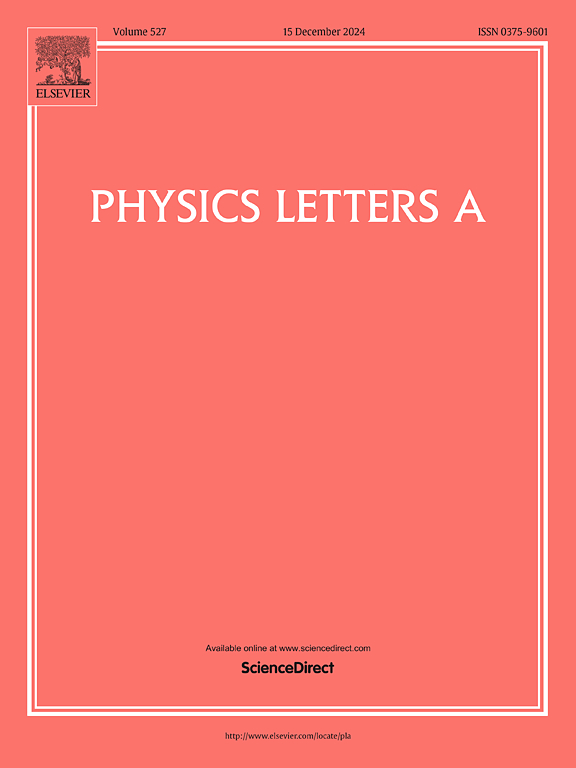Probing the structural, electronic, magnetic, and optical properties of Zr(Fe/Mn)Al half-Heusler alloys for optoelectronic applications: A first-principles investigation
IF 2.3
3区 物理与天体物理
Q2 PHYSICS, MULTIDISCIPLINARY
引用次数: 0
Abstract
In this study, we investigated the structural, electronic, magnetic and optical characteristics of the half-Heusler alloys ZrYAl (Y = Fe, Mn) using density functional theory with the Generalized Gradient Approximation plus Hubbard Coulomb correction (GGA+U). We determined the bulk modulus, lattice constant, and formation energy for both compounds, confirming their structural stability. Band structure analysis and density of states revealed that ZrMnAl exhibits half-metallic behavior, while ZrFeAl displays metallic characteristics. Additionally, both half-Heusler alloys exhibit ferromagnetic behavior, with magnetic moments of approximately 3.01 for ZrFeAl and 3.96 for ZrMnAl. Moreover, we calculated several optical parameters, including dielectric constants, absorption coefficients, reflectivity, and refractive index. The results suggest that these compounds possess intriguing features for spintronic and optoelectronic applications.
求助全文
约1分钟内获得全文
求助全文
来源期刊

Physics Letters A
物理-物理:综合
CiteScore
5.10
自引率
3.80%
发文量
493
审稿时长
30 days
期刊介绍:
Physics Letters A offers an exciting publication outlet for novel and frontier physics. It encourages the submission of new research on: condensed matter physics, theoretical physics, nonlinear science, statistical physics, mathematical and computational physics, general and cross-disciplinary physics (including foundations), atomic, molecular and cluster physics, plasma and fluid physics, optical physics, biological physics and nanoscience. No articles on High Energy and Nuclear Physics are published in Physics Letters A. The journal''s high standard and wide dissemination ensures a broad readership amongst the physics community. Rapid publication times and flexible length restrictions give Physics Letters A the edge over other journals in the field.
 求助内容:
求助内容: 应助结果提醒方式:
应助结果提醒方式:


